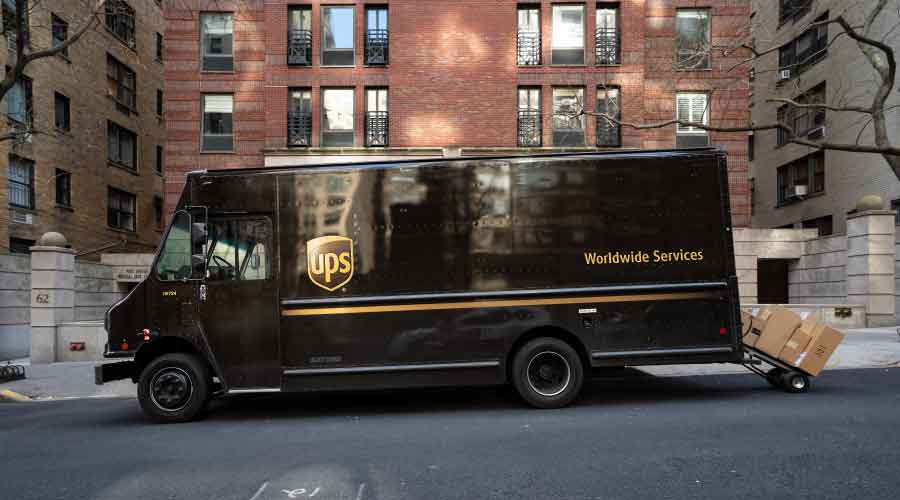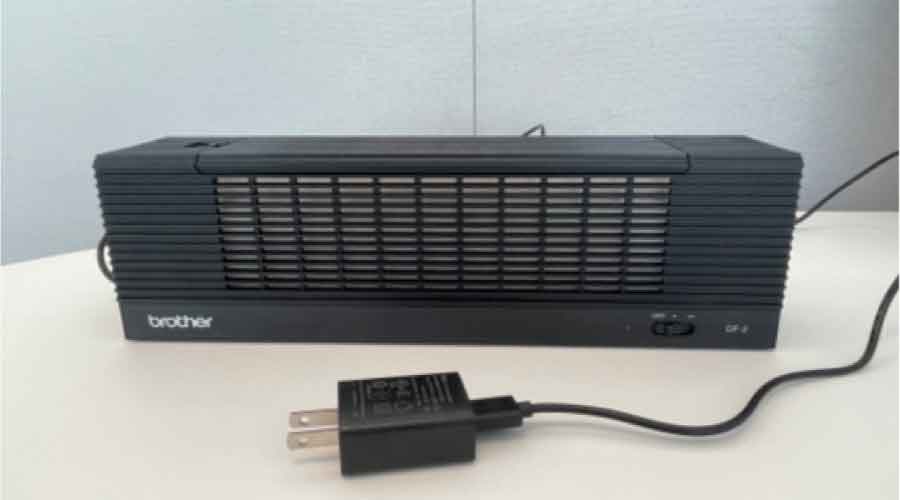
8 Tips for Better Maintenance Management Operations
Documentation of technician’s work orders and accountability for workers important for managers October 31, 2022
By Dave Lubach, Managing Editor
Change is often hard for many people. In maintenance and engineering operations, trying to steer longtime employees in a new and more accountable direction can be a challenging precedent for managers.
“They often make it too hard, too complicated,” says David Auton, senior director, engineering and maintenance, C&W Services. Auton presented a session on operations during the recent IFMA World Workplace conference. “(Managers) will either come in as the coach and go ‘rah, rah, rah, we’re going to get this right,’ and everyone is like, ‘you run ahead, we’ll catch up.’ The other way (for managers) is to say ‘you have to do it my way, and I’m smarter than you,’ the narcissist way. Either way doesn’t work.”
Auton emphasizes that managers need to build personal relationships with their technicians to get their teams headed in the right direction while holding them accountable.
“If you’re sincere and trying to help the team be successful, and the individual be successful, then take the time to learn your technicians and build that relationship with them,” he says.
During a decades-long career in facility management, Auton has developed his “8 Golden Rules for Effectively Managing Maintenance Operations” as a way to improve maintenance teams at institutional and commercial facilities.
“When focused on team capability management, several principles should be considered within the continuous improvement framework,” Auton writes.
A summary of Auton’s eight rules:
- All work is performed against a valid work order. Managers should develop a standard policy and procedure for all valid work performed through a computerized maintenance management system (CMMS) to ensure that all maintenance activity is tracked.
- Confirm work orders are assigned and completed daily. Ensure that technicians regularly use the CMMS to capture details and identify the most recent services performed.
- Technicians should only handle work orders assigned by their supervisor. If a peer asks another technician for help with a task, the technician being asked to help should feel comfortable saying that any additional duties will be taken on after the approval of the manager.
- All technician labor is assigned to and recorded on valid work orders. By documenting daily work tasks in the CMMS, managers and technicians can observe trends and notice where efficiencies and inefficiencies exist.
- Valid equipment, work type and technician actions are recorded on work orders. The better the data, the better managers can learn about equipment performance and its history. Better documentation of how equipment performs can result in better planning and outcomes.
- Ensure work orders have verification for accuracy prior to closing. Reviewing work data for accuracy and quality will help managers identify gaps in technicians’ skills.
- All technician work should be recorded in a CMMS. Managers should establish a detailed data management policy that includes the CMMS as the system of record and eliminates questions of what job tasks were and weren’t completed, and how they were completed.
- Maintenance KPIs are driven by CMMS data. Solid data recording will help managers develop a pattern of performance, as well as help departments develop key performance indicators (KPIs) that can in turn help the maintenance staff develop solutions to resolve important issues.
Dave Lubach is managing editor of the Facilities Market.
Next
Read next on FacilitiesNet












